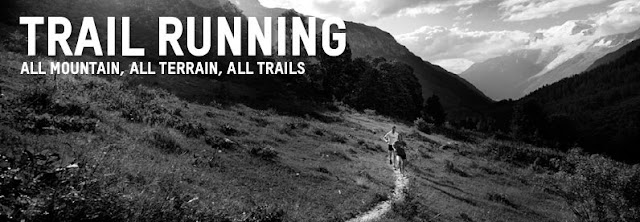Lightweight Comfort
The human body is designed for running. In so many ways we were born to run. Literally. Through evolution, the biomechanical and physiological make-up of the human body has positioned us humans as the most efficient running machine nature has ever produced. Newton have aimed to take advantage of some of these features and incorporate them into their running shoe designs. Like any shoe, they are not suited to every runner, however if you favour a forefoot/midfoot running technique Newtons are the shoe for you.
Newton Running Headquarters are in Boulder, Colarodo which is itself a hub of innovative athletic businesses, runners and outdoor enthusiasts. No surprise then that Newton pioneers felt right at home here. At Newton, great care and research was undertaken to design shoes that actively support you as you rediscover and strengthen your natural running motion. Newton running shoes give you highly responsive cushioning and protection plus enhanced ground feel – a rare combination. Newton Running shoes are designed to provide a more level-to-the-ground platform with minimal drop – like your feet – to help you find your optimal position as you run.
Action/ReactionTM Technology
Most running shoes utilize passive cushioning like EVA foam, gel or air that lose energy as they are engaged. Like a mattress, these materials flatten under your body weight over time. With Action/ReactionTM technology, you experience a highly responsive and engaging cushioning system that "protects the runner from shock and reduces energy loss". It is these features which make this an ideal choice for forefoot runners and will aid in their energy return propulsive phase of gait
Minimal Heel to Toe Drop
Newton Running shoes are designed with a minimal “drop” – or height difference – between the height of the heel and the ball of the foot. A more level-to-the-ground platform positions you to support a natural running motion.
Biomechanical Sensor Plate
Our feet are sensitive and brilliantly designed to ensure that we step efficiently and protectively. Unfortunately, highly cushioned shoes often obstruct this communication with the ground. Enter our biomechanical sensor plate, which allows you to sense the ground better so you can stride more efficiently and with more stability – some might even say intelligently, the way nature intended. Some call this “neuromuscular” enhancement. The foot senses the ground and sends a message to the brain to tell the muscles what to do.
Lightweight Comfort
Newton shoes are designed to deliver functional performance with minimal weight and a natural feel. With numerous models to choose from you can select the optimal weight for your needs.
There’s More:
- We don’t like friction or bacteria any more than you do, which is why we like Newton's ETC® antifriction and antibacterial technology built into the sockliner
- The outersoles and laces are built with recycled materials
- Newtons are designed with flex panels in the upper to allow your foot to flex and spread naturally and efficiently
- For such a lightweight trainer, these shoes also accommodate orthotics and insoles comfortably for those of you whom need that extra bit of support.
Cautious integration:
 |
| Newton Energy NR |
While we love Newton running shoes we do recommend caution when first using these shoes. Their are a couple of key features which make these shoes quite unique which we have identified in this article, namely the low heel-to-toe drop and the forefoot lugs. This lower platform may cause increased loading to certain muscle groups which had not previously been present, particularly to calf muscles. For those of you whom have not tried lower profile shoes in the past it is advised to very gradually integrate the shows into your training program while also maintaining the use of your usual shoes. This helps the aforementioned muscle groups to adjust to this added work without becoming overloaded in the early stages. It is for this very purpose which Newton have added the Energy Nr model to their range. Less heel-to-toe drop (6mm) and less forefoot lug height make this shoe an ideal model to help you to transition into the Newton range of shoes. Available for both males and females in two colour options at Footpro.
































 -
- The
F-lite 215 and 240 are both lightweight training shoes which offer
slightly more cushioning with a 6mm heel-to-toe drop. While Inov8 shoes
have proven the mos
The
F-lite 215 and 240 are both lightweight training shoes which offer
slightly more cushioning with a 6mm heel-to-toe drop. While Inov8 shoes
have proven the mos













